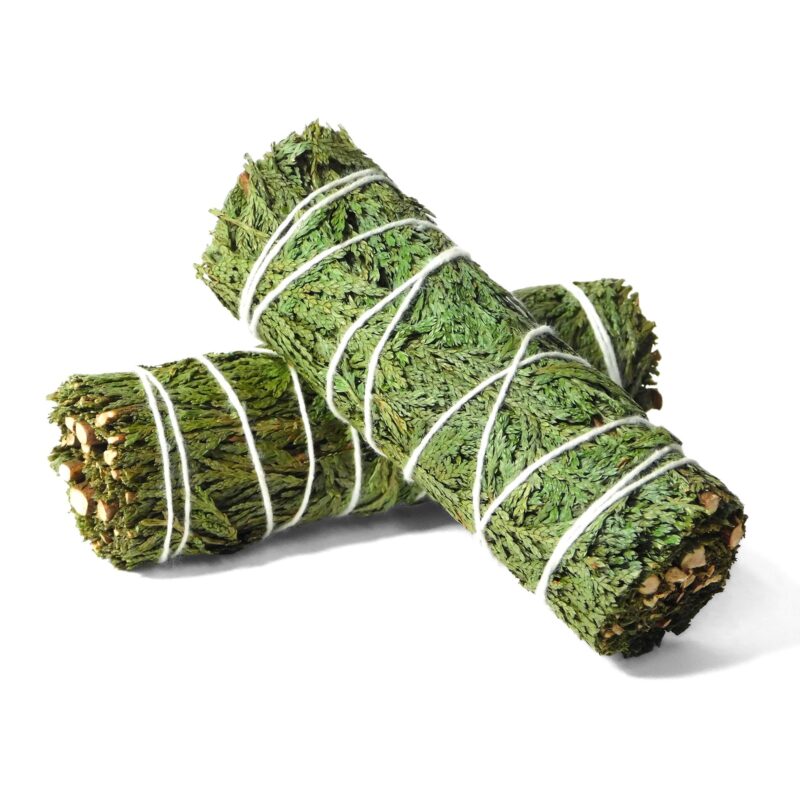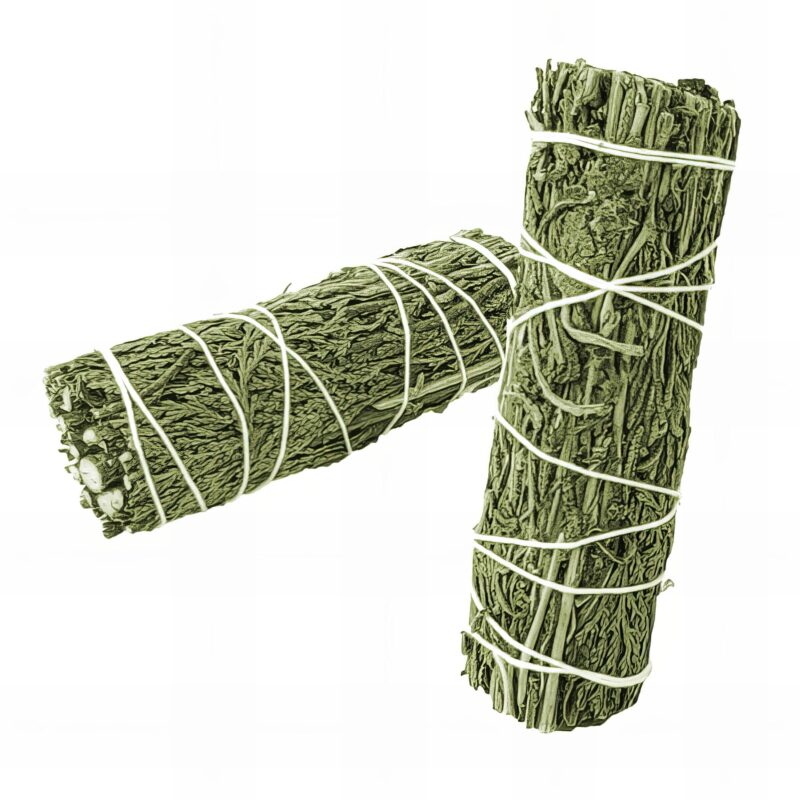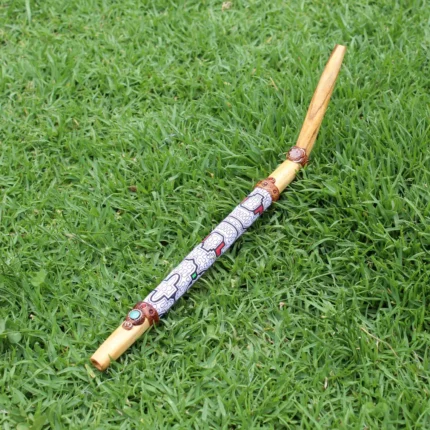Tepi Applicator made of Palo Santo | Decorated with Chambira ( 100% Organic Rope ) and A piece of Ayahuasca Vine
PALO SANTO
Palo Santo, which means “Holy Wood” in Spanish, is a sacred wood from the Bursera graveolens tree, traditionally used in spiritual and healing practices. Its spiritual meanings and uses are rich and varied. Here are the key spiritual meanings and associations of Palo Santo:
Purification and Cleansing: Palo Santo is renowned for its purifying properties. Burning Palo Santo is believed to cleanse spaces, objects, and individuals of negative energy, creating a clean and positive environment. It is often used in rituals and ceremonies to purify the atmosphere and promote spiritual well-being.
Healing and Well-Being: Palo Santo has strong healing associations. Its smoke is believed to have therapeutic effects, aiding in physical and emotional healing. It is often used to alleviate symptoms of stress, anxiety, and depression, promoting a sense of peace and tranquility.
Spiritual Connection: Palo Santo is used to enhance spiritual connection and awareness. Its sweet, woody aroma is believed to deepen meditation, increase mindfulness, and elevate spiritual practices. It helps individuals connect with their higher self and the divine, facilitating spiritual growth and enlightenment.
Protection: The sacred wood is also considered protective. Burning Palo Santo or using it in various forms is thought to create a protective barrier against negative energies, entities, and psychic attacks. It helps to safeguard one’s spiritual and physical space.
Grounding and Centering: Palo Santo has grounding properties, helping individuals to center themselves and stay connected to the Earth. This grounding effect is beneficial during meditation and other spiritual practices, promoting balance and stability.
Enhancing Creativity and Focus: The aroma of Palo Santo is believed to stimulate creativity and improve focus. It helps to clear the mind of clutter and distractions, making it easier to concentrate and engage in creative endeavors. It is often used by artists, writers, and creators to inspire new ideas and insights.
Emotional Balance: Palo Santo is thought to bring emotional balance and harmony. It helps to calm the mind and soothe emotions, promoting a sense of inner peace and emotional well-being. It is particularly useful for overcoming emotional turmoil and achieving emotional clarity.
Aromatherapy: The pleasant scent of Palo Santo is widely used in aromatherapy. Its uplifting and calming fragrance helps to create a serene atmosphere, reducing stress and promoting relaxation. It is often used in combination with other essential oils for holistic healing.
Rituals and Ceremonies: Palo Santo plays a significant role in various rituals and ceremonies. It is used to bless and consecrate spaces, objects, and individuals. Its presence in rituals is believed to invite positive energies, blessings, and spiritual guidance.
Enhancing Meditation: Palo Santo is commonly used to enhance meditation practices. Its calming and grounding effects help individuals to achieve deeper states of meditation, enhancing spiritual awareness and insight. It helps to quiet the mind and create a peaceful environment conducive to meditation.
In summary, Palo Santo is a powerful and sacred wood with deep spiritual meanings and benefits. Its uses in purification, healing, protection, grounding, and enhancing spiritual practices make it a valuable tool in various spiritual and healing traditions. Whether burned as incense, used in essential oil form, or incorporated into rituals, Palo Santo offers a multitude of spiritual and emotional benefits.
CHAMBIRA
Chambira: Weaving Heritage in Every Fiber
Deep within the lush heart of the Amazon, indigenous communities such as the Matsés and Shipibo skillfully transform fibers of the Astrocaryum chambira palm into durable, vibrant, and culturally resonant crafts.
What Is Chambira?
Chambira is derived from the new, unopened fronds (or “spear leaves”) of the chambira palm (Astrocaryum chambira). Skilled artisans carefully strip away the microscopic yet resilient fibers, renowned for their strength and flexibility.
Technique & Craftsmanship
Harvesting with Precision: The fibers are peeled from young fronds, typically without harming the mature tree—though overharvesting has made wild growth scarcer.
Natural Dyeing: They are dyed using enduring natural pigments—such as the red from the bark of the “loro caspi” tree—soaked until the fibers absorb rich, enduring hues.
Weaving Traditions: Artisans weave chambira into ornaments like uitsuns (bracelets/anklets), hammocks, baskets, and fishing nets. Each piece reflects both functional design and cultural narration.
Cultural Significance & Social Impact
Matsés Community: Among the Matsés, crafting uitsuns is an intergenerational ritual—woven for family members and worn as adornments. These crafts sustain tradition while offering economic opportunity for women across multiple villages.
Sustainability in Practice: The equitable approach ensures artisanship reaches deep into remote communities, avoiding centralized benefit zones and maintaining cultural resilience.
Craft in the Shipibo Context
While chambira isn’t the primary material for the Shipibo—who favor cotton and embroidery for their healing textiles—it shares in a larger narrative of Amazonian artistry. Shipibo weavers render geometric patterns known as Kené, often translating medicinal “icaros” (shamanic songs) into visual motifs. These designs are believed to carry healing, wisdom, and spiritual energy.
** Each item that you buy from my shop helps support indigenous culture and arts.

































Reviews
There are no reviews yet.